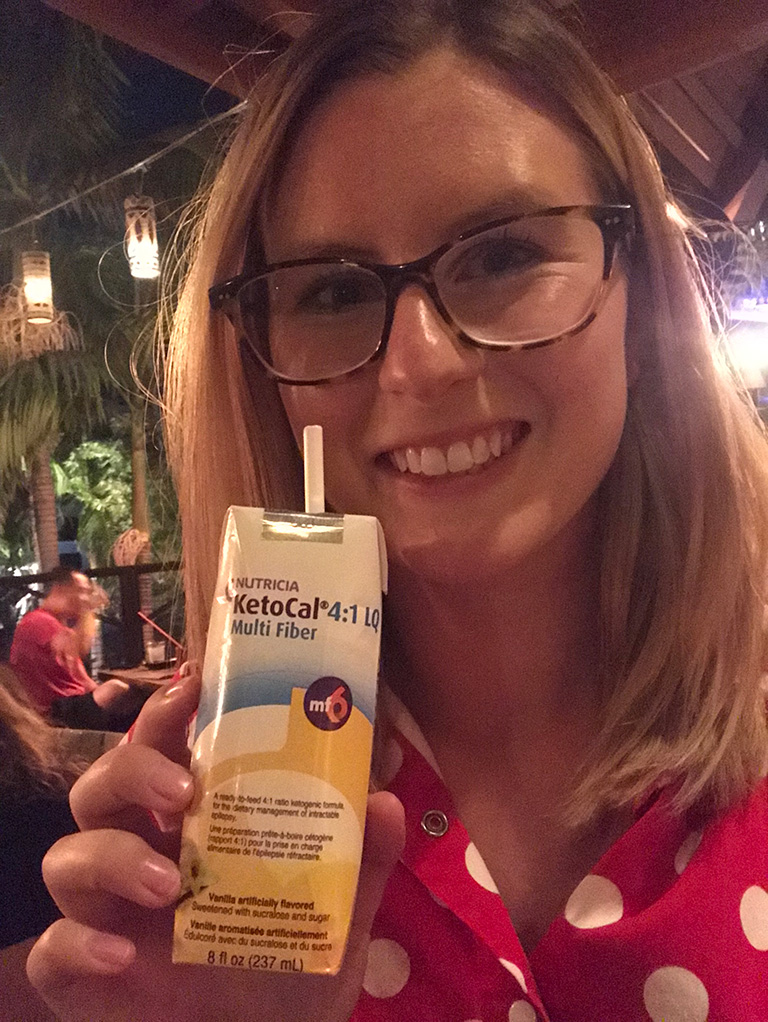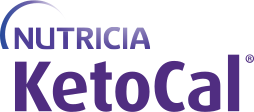About Me
My name is Hailey, a twenty-four-year-old college student happily living on the coast with my adventurous boyfriend of five years and our goofy husky German shepherd. I am a student yoga teacher and am pursuing my bachelor’s degree in science education.
While at first glance I may look like a typical, healthy, 20-something college student, people are usually shocked to hear what I’m going through medically. You see, I have uncontrolled seizures, also known as intractable epilepsy, along with a neuro-cardiac condition called Dysautonomia. My seizures started mid-summer when I was thirteen years old. From there, my health rapidly declined. At my worst, I was having over forty seizures daily. I had to wear a helmet and was wheelchair bound. We tried several different anti-seizure medications, but unfortunately, nothing stopped my seizures.

Worsening Seizures
When I was eighteen, in a dental office, I had a seizure and my breathing did not return. Thanks to the quick action of the dental office and first responders, I survived and recovered after just three days on a ventilator in the intensive care unit (ICU). During my time there, my doctors recommended that I start eating healthier and exercising.
As a kid my diet was terrible, eating lots of junk food. However, I was a healthy weight, so my parents never worried. With low expectations, but desperate, I “cold-turkey” changed my diet, eating mostly whole foods and cutting drastically back on processed foods. I started feeling much better. I joined the swim team, and fell in love with yoga, rock climbing and jiu jitsu (sorry mom).
Finding and Starting a Ketogenic Diet for Epilepsy
Although exercising and eating healthier made me feel better, I was still having one to two seizures per month. This meant that I still couldn’t drive. Therefore, I became motivated to reduce my seizures further. I began researching and stumbled upon the Charlie Foundation and a medical ketogenic diet. I was eager to give try a ketogenic diet. However, my doctors initially tried to steer me away from it, warning that it was extremely difficult and limiting. I explained to them that my seizures were very difficult and limiting too!
Ultimately, we mutually agreed to try it, with the help of a ketogenic dietitian who I found on the Charlie Foundation’s website. The first week or two, the diet was very difficult. I experienced flu-like symptoms and suddenly had insomnia. I would lie in bed crying because all I wanted was a box of bread rolls. I never thought I’d cry over food.
As time went on, the keto diet got a lot easier and I learned what I could and couldn’t eat, and how much. My keto dietitian recommended a ketogenic formula, KetoCal® 4:1 LQ to reduce the stress of meal planning since I was attending work, school, and swim team. For the first time since my seizures began, I went two months seizure free.
Regaining Seizure Control & Motivation
While the diet wasn’t completely effective, it did make a big difference on the frequency of my seizures! I was on a ketogenic diet for just over a year and a half when doctors purposely had me cheat to induce seizures for testing. After that, I lost motivation to continue the diet and fell off track for a few years.
My seizures became more frequent, so I decided it was time to return to a ketogenic diet. I have been back on the medical ketogenic diet since July of 2019 and this time, with a better mindset and motivation.

Since starting a keto diet, the second time, my new seizure-free record to beat is about three and a half months, or 110 days. I have had a few accidental carb ingestions that have lowered my ketones enough to cause breakthrough seizures. While unfortunate, these instances motivate me to continue the diet and are great examples of how powerful the diet is, at least for me! My mind feels clearer and less fuzzy on the medical ketogenic diet. I also find that it is easier to maintain a healthy weight because getting into bad eating habits is not an option when you’re on a medical ketogenic diet.
Ketogenic Diet Meal Planning & Foods
We live in a society where we want a quick fix. However, if you’re reading this, I’m willing to bet that your quick fixes are not working. I’m learning that a medical ketogenic diet really isn’t too difficult. In a pinch, I can walk into a gas station and purchase nuts, salami and cheese. I can find an avocado just about anywhere if I need a snack. If I’m feeling lazy, I can just eat some spinach mixed with tuna and mayo. At most restaurants I can order plant protein with fats and veggies. If I’m really in a hurry, I just grab a KetoCal 4:1 LQ from the fridge. KetoCal also takes the stress off traveling. If I’m in the mood for pancakes, bagels, or sweets, I can make recipes that are ketogenic, using KetoCal 4:1 powdered formula, coconut flour, or almond flour.
Advice on Epilepsy Management with a Medical Ketogenic Diet for Adults
My advice to other adults who are considering a ketogenic diet for seizures is not to let anyone tell you doing a ketogenic diet for epilepsy is too hard. Also, don’t get too down on yourself if you accidentally get kicked out of ketosis. We try our best but accidental ingestions happen.
Follow my ketogenic diet story on my Instagram page at https://www.instagram.com/keto4seizurefreedom/.
- Hailey
Nutricia compensated me for my time to write this blog post, however, my opinions are my own.
Please note that this is one individual’s report of her experience with the medical ketogenic diet and may not be the experience of others. Individual results will vary. Please discuss with your healthcare provider if the medical ketogenic diet is right for you.
KetoCal® is a medical food for the dietary management of drug-resistant epilepsy and is intended for use under medical supervision.
